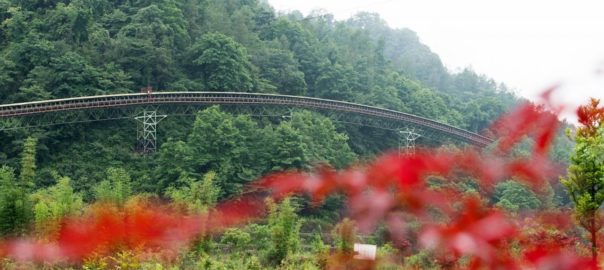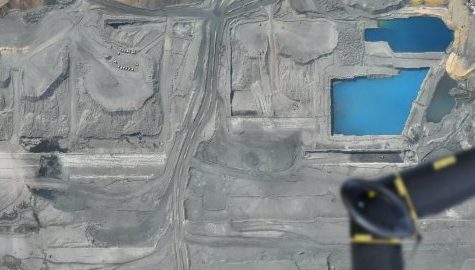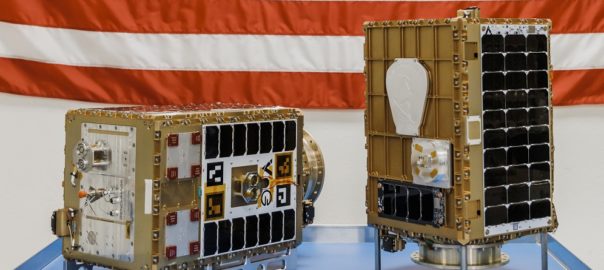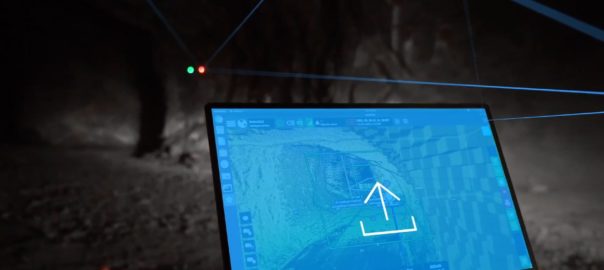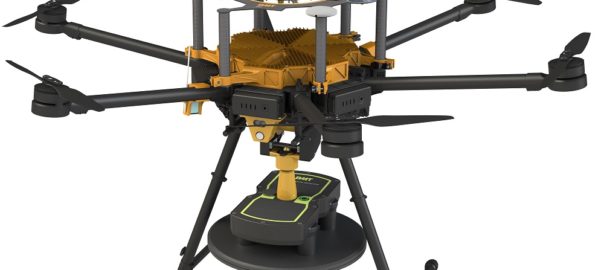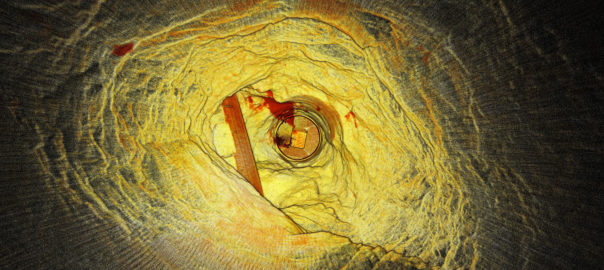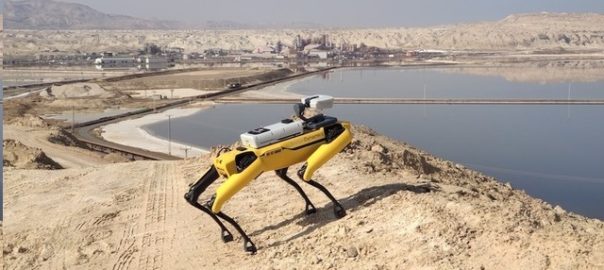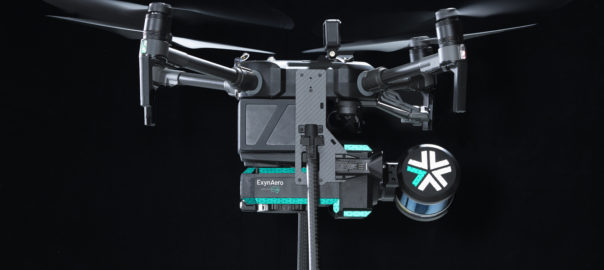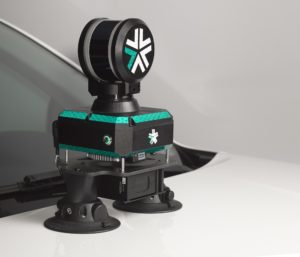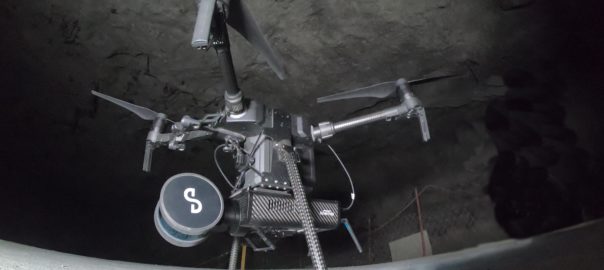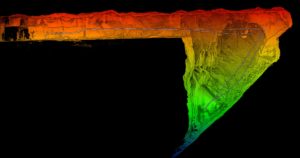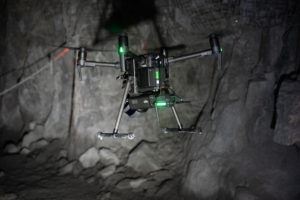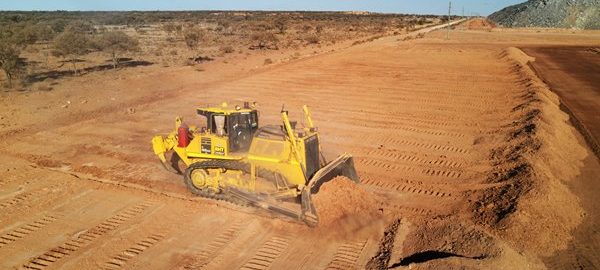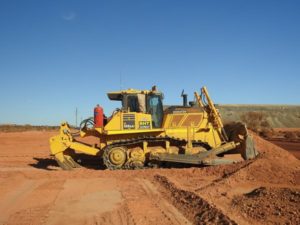BEUMER Group is planning to highlight just how conveying and loading systems enable safe, efficient and environmentally friendly handling of bulk materials at the upcoming MINExpo 2021 event in Las Vegas, USA.
The company’s overland conveyors and pipe conveyors enable mine operators to create individual routes for the transport of raw material with steep angles of inclination and narrow curve radii that are adapted to the respective task and topography, BEUMER says. When planning these systems, the system provider also relies on camera-equipped drones for planning, implementation and documentation. Using special software solutions, the engineers evaluate the aerial photographs photogrammetrically to generate digital terrain models.
The product range includes stackers and bridge reclaimers for storage yards, with or without blending bed systems. These reclaimers stack bulk material and guarantee a maximum blending effect, according to the company. Users can also efficiently homogenise large quantities of different bulk materials and bulk material qualities and, thus, ensure the uniformity of the raw materials used. For efficient loading, BEUMER Group also offers ship loaders with fixed booms and extendable telescopic belt conveyors. To supplement these, users can also procure bulk loading heads to use when loading bulk materials into silo vehicles quickly and without dust.
The company will present efficient system solutions with overland conveyors, pipe conveyors and ship loaders from September 13-15 at MINExpo.







